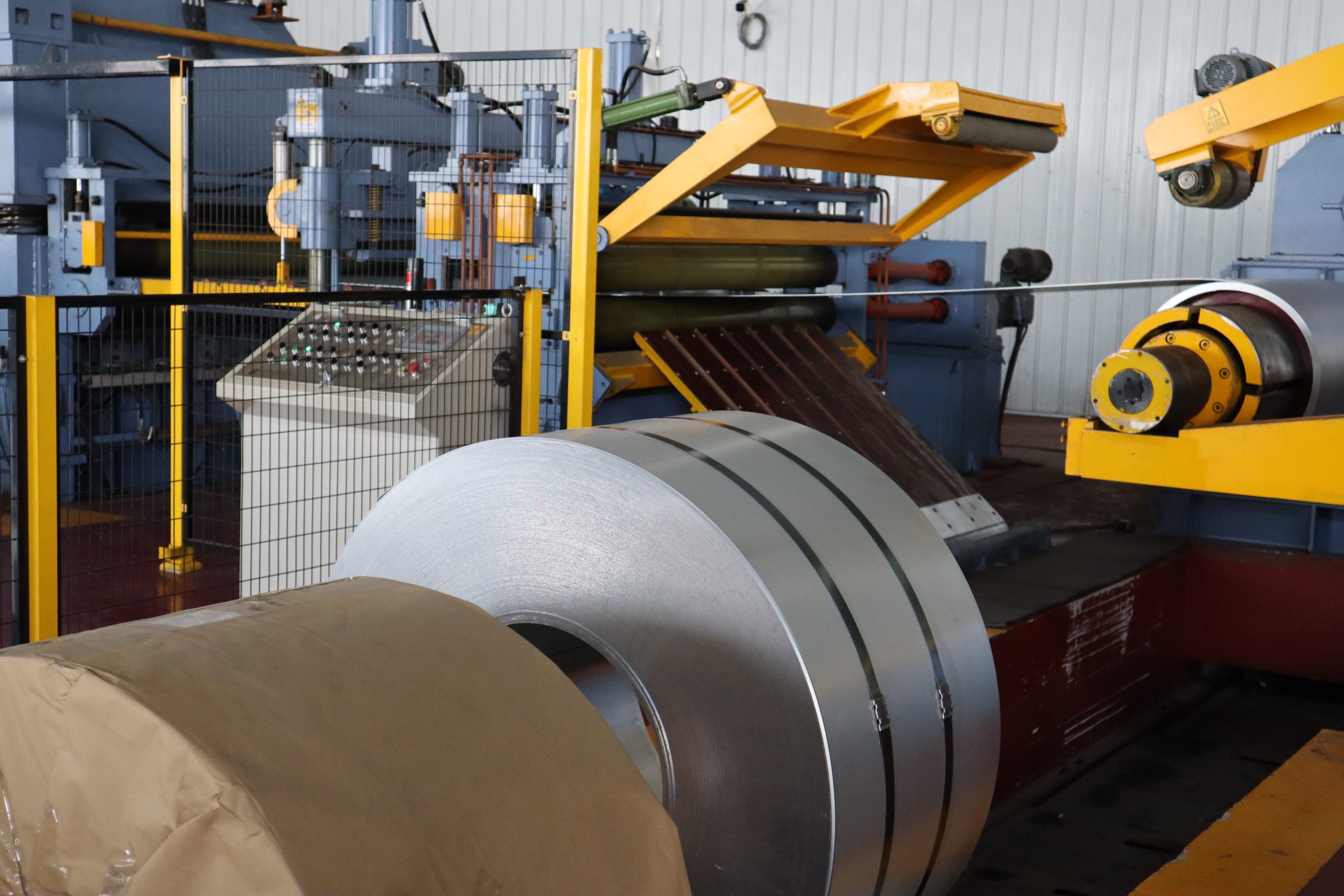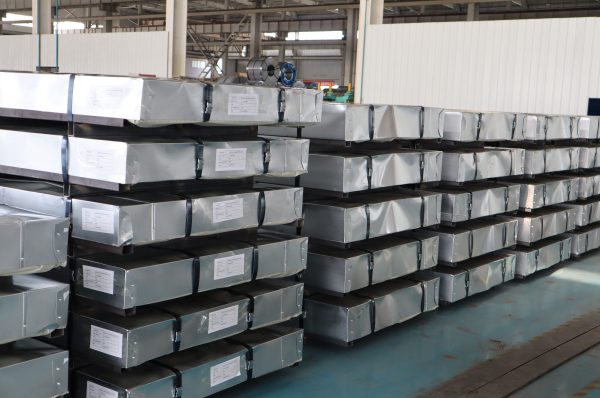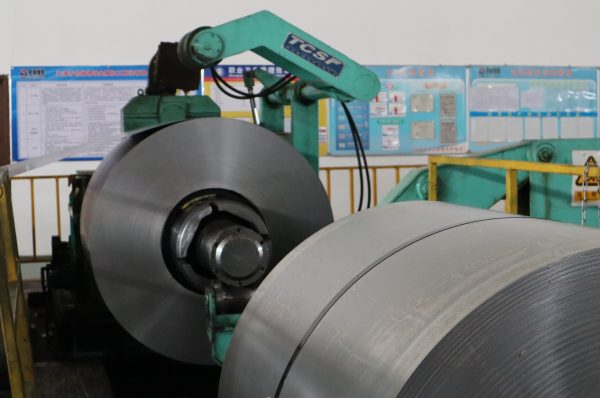Steel prices have been fluctuating significantly in recent months, reflecting a complex interplay of global economic conditions, supply chain challenges, and market dynamics. As the cost of steel continues to rise, it’s essential to understand the key factors driving these changes and their implications for industries reliant on steel.
1. Raw Material Costs
The price of steel is heavily influenced by the cost of raw materials, particularly iron ore and coking coal. Recent increases in the prices of these commodities, driven by supply constraints and geopolitical tensions, have contributed to the rising cost of steel. Mining disruptions, export restrictions, and increased demand from major steel-producing countries have all played a role in escalating raw material prices.
2. Supply Chain Disruptions
The global supply chain has been significantly impacted by the COVID-19 pandemic, leading to delays, transportation bottlenecks, and increased shipping costs. These disruptions have affected steel production and distribution, contributing to higher prices. In addition, logistical challenges such as port congestion and container shortages have further exacerbated the situation.
3. Increased Demand
As economies recover from the pandemic, there has been a surge in demand for steel across various sectors, including construction, automotive, and manufacturing. Infrastructure projects, economic stimulus packages, and a rebound in industrial activity have all driven up steel demand, putting additional pressure on prices.
4. Environmental Regulations
Stricter environmental regulations are influencing steel production costs. Steel producers are investing in cleaner technologies and processes to comply with new standards, which often require substantial capital expenditure. These costs are frequently passed on to consumers in the form of higher steel prices.
5. Geopolitical Tensions
Trade policies and geopolitical tensions also impact steel prices. Tariffs, trade restrictions, and disputes between major steel-producing nations can affect the global steel market. For instance, recent tariffs imposed by the U.S. and other countries on steel imports have led to price increases and market volatility.
6. Market Speculation
Market speculation can contribute to price volatility. Traders and investors in the steel market often react to news, forecasts, and economic indicators, which can lead to short-term price fluctuations. Speculative trading can amplify price movements and create uncertainty in the steel market.
Conclusion
The rising cost of steel is driven by a combination of factors, including increased raw material costs, supply chain disruptions, growing demand, environmental regulations, and geopolitical tensions. Understanding these factors can help industries and businesses better navigate the challenges of a volatile steel market and make informed decisions in their procurement and planning strategies. As the global economy continues to evolve, steel prices are likely to remain dynamic, requiring ongoing attention and adaptation.




